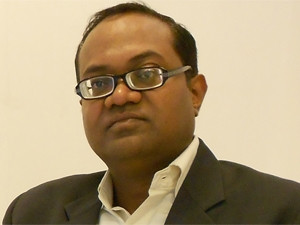
Software-defined everything (SDE) - a catch term describing the transition from physical hardware-based controls in an enterprise data centre to software-based control and configuration - is set to change the face of enterprise computing.
This is according to Vishal Barapatre, chief technology officer at In2IT, who notes with its promise of reducing hardware and management costs, SDE is attracting a frenzy of hype in IT circles at the moment.
Barapatre says SDE, as the next evolution within data centres and development environments, gives organisations the ability to instantly provision new infrastructure, unleashing unprecedented agility and dynamism. Many commentators see the parallels with the hype around cloud computing of a few years ago, he adds.
"The term SDE could soon morph to become the 'Software-Defined Enterprise' - it is becoming crucial to IT. It holds the potential to provide organisations with many forms of competitive advantage."
IDC predicts exponential growth for the SDE market - from $1 billion in 2014, to $3.7 billion by 2016 and $8 billion by 2018.
According to a Deloitte report, business executives should not dismiss SDE as a tactical technical concern. Infrastructure is the supply chain and logistics network of IT - it can be a costly, complex, bottleneck - or, if done well, a strategic weapon, it adds.
In mature IT organisations, moving eligible systems to a software-defined data centre can reduce spending on those systems by approximately 20%, which frees up budget needed to pursue higher-order endeavours, says Deloitte.
However, research indicates actual deployments are still very low - especially at mission-critical enterprise level, says Andy Lawrence, vice-president of research for Datacenter Technologies at 451 Research.
This slow start is not really surprising, for a number of reasons. Key among them is technical and market immaturity, says Lawrence.
However, the number intending to deploy software-defined architectures is rising rapidly despite there also being a substantial group which, for now, has no strategic plans in that direction.
The potential scope of a Software-Defined Everything initiative can be daunting - every data centre, server, network device, and desktop could be affected, says Barapatre.
In addition, the potential risk is high, given the entire business depends on the backbone being overhauled, he adds.
Barapatre points out the first step on this path is for business to take a long look at its IT landscape - look at what is currently interoperable (and, ready for SDE), and that which is not.
With the right set of interoperable components in the data centre, the foundation is laid for the promise of SDE to become a reality, he adds.
Share